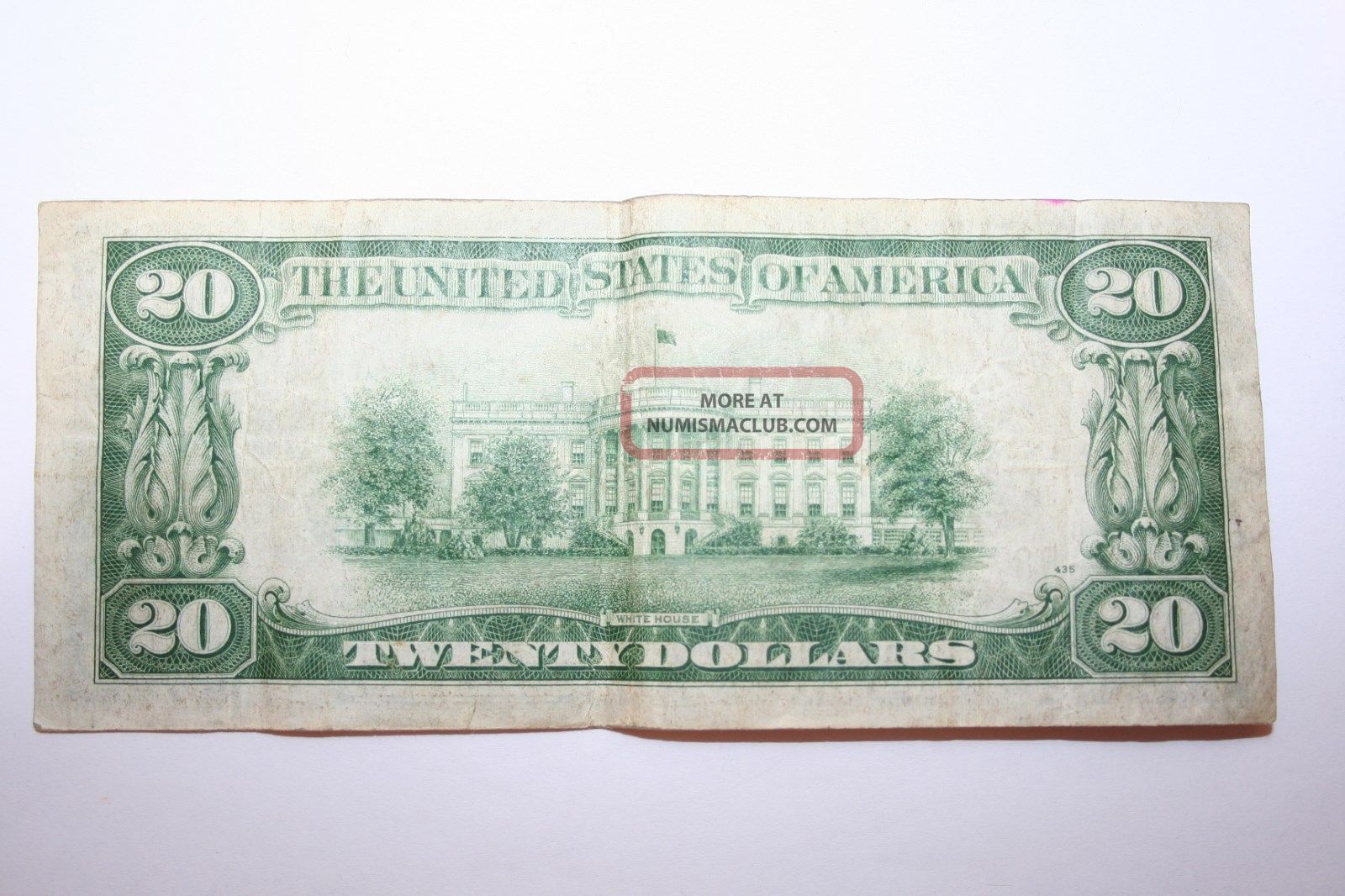

Even more unique fifteen cent coins were also issued as they were close in value to an old shilling at the time of monetary transition. Curiously, three Dollar banknotes were issued, in an effort to ease transactions and encourage the use of decimalisation and since this denomination closely equalled the value of the previous Pound sterling notes. This scenario would eventually lead to the establishment of parity with the US currency at a one to one ratio. The Bahamian Dollar’s official exchange rate was fixed at one dollar equalling 7 shillings, which was also equal to one US Dollar with their fixed rate at £1 = $2.80.

The Bahamian dollar was introduced in 1966 by authority of the Bahamas Government that replaced the British pound seven years before the colony attained independence and in denominations of 1/2, 1, 3, 5, 10, 20, 50 and 100 dollars. CRISP banknote paper is also coated with a new sizing agent to help prevent the chemical removal of inks from the paper. These denomination-specific features are designed to help the public tell whether or not the banknotes in their hands are genuine. This was the first family of banknotes in Bahamian history to offer a range of denomination-specific features that was specifically designed to combat denominationally up-rated forgeries. The introduction of the CRISP technology, (Counterfeit Resistant Integrated Security Product) began on the 3rd August 2005, and the first family of banknotes to use this technology with the release of the initial denomination, the CRISP $10 note. The new 20 Dollar banknote features the first Bahamian Governor-General, Sir Milo B.


 0 kommentar(er)
0 kommentar(er)
